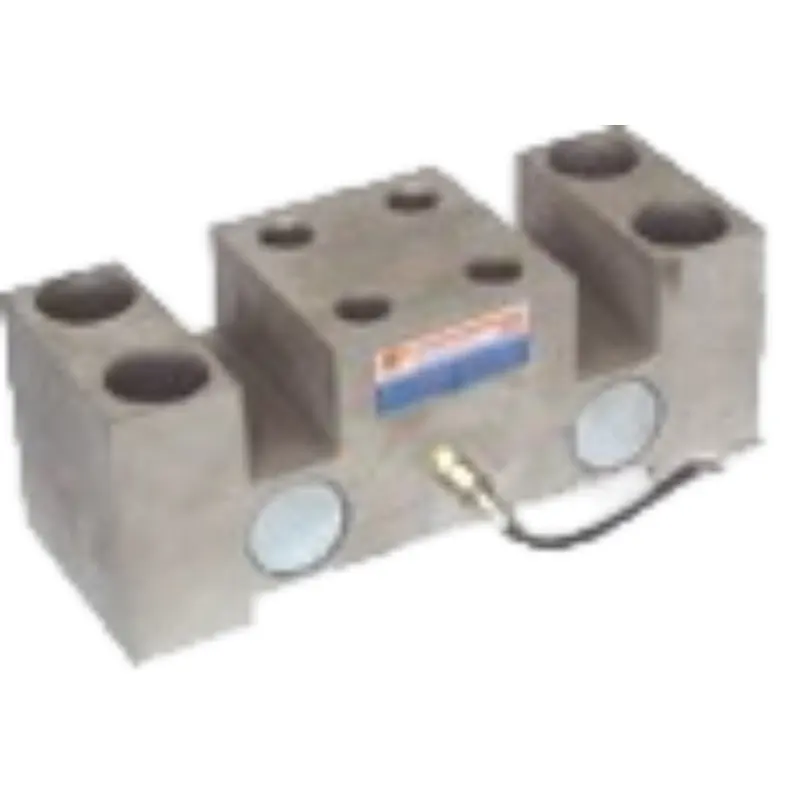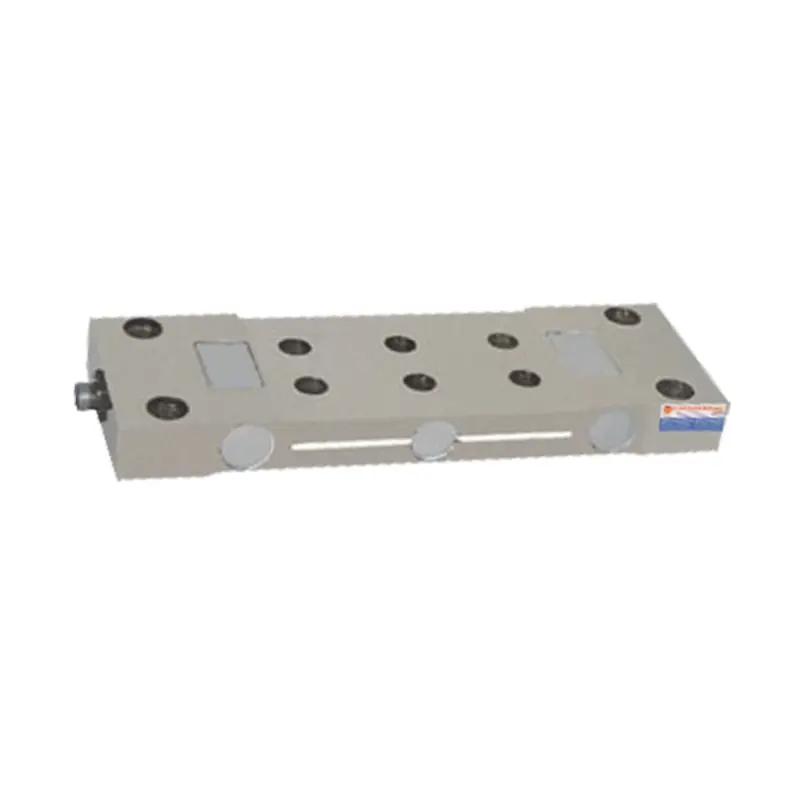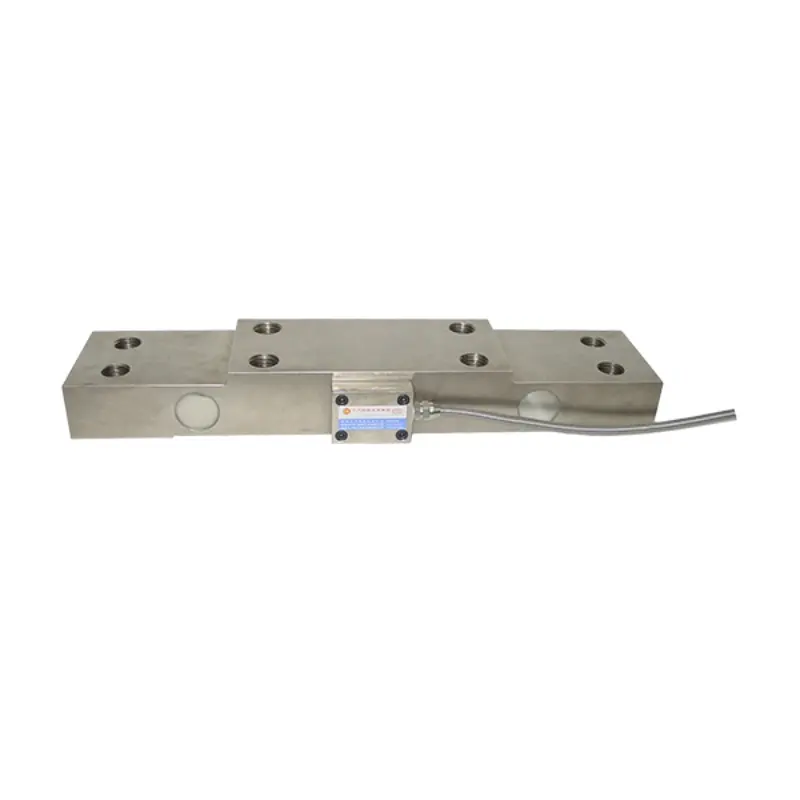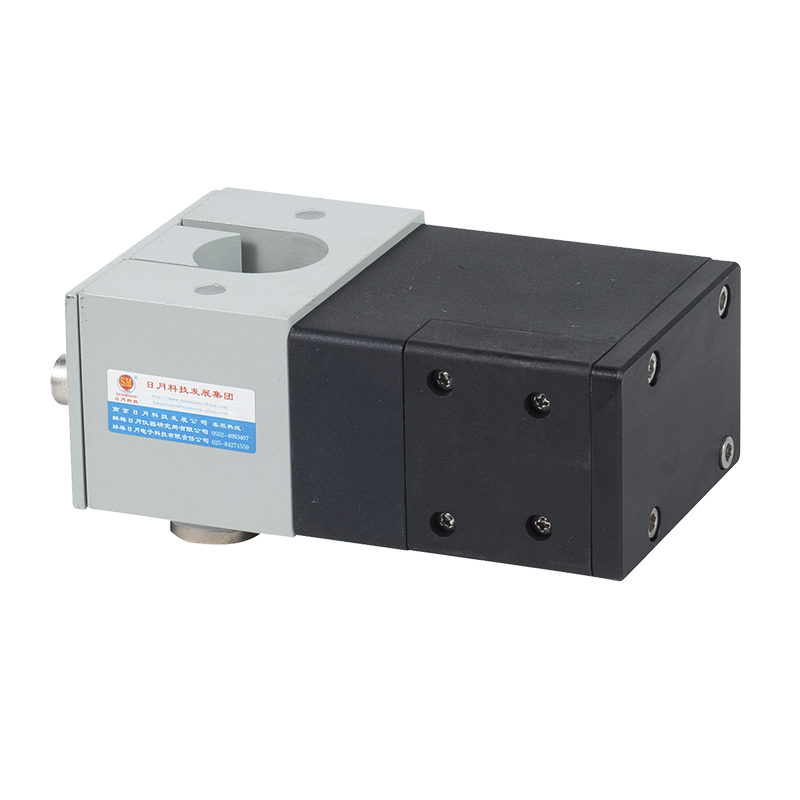What Are The Different Types Of Block Bearings
Release time: 2025-10-30
Table of Contents
Block bearings, essential components in mechanical systems, play a critical role in supporting rotating parts and reducing friction. They are widely used across various industries, including automotive, manufacturing, and robotics. Understanding the different types of block bearings, their designs, and applications can help engineers select the most appropriate bearing for specific requirements.



What is a Block Bearing?
A block bearing is a type of bearing that typically consists of an outer housing (or block) that houses a rotating shaft. The primary function of block bearings is to support the shaft and reduce friction during motion. Unlike traditional bearings that are often mounted directly into machinery, block bearings are designed with an integrated block or housing, providing additional support and ease of installation.
Block bearings come in various configurations, and each type is designed to meet specific operational needs, depending on load capacity, speed, environment, and other factors.
Pillow Block Bearings
Pillow block bearings are one of the most commonly used types of block bearings. These bearings consist of a bearing mounted inside a block that is shaped like a “pillow” (a rectangular or cylindrical housing with a raised base). This type of bearing is ideal for applications where the shaft must be supported externally. Pillow block bearings are typically mounted on a flat surface or bolted to a machine frame.
Pillow block bearings come in various sizes and materials, with options for both standard and heavy-duty applications. The material choices include cast iron, steel, and thermoplastic, which offer varying degrees of durability and resistance to corrosion. Commonly used in industrial equipment, these bearings support radial loads and are suitable for moderate to high-speed operations.
Flanged Block Bearings
Flanged block bearings are similar to pillow block bearings but with a flange (a protruding edge) on the outer housing that allows for mounting to a machine frame or structure. The flange design provides a more rigid installation, enhancing the stability of the bearing and ensuring accurate alignment of the rotating shaft.
Flanged block bearings are frequently used in applications where space constraints exist or when a specific mounting arrangement is needed. These bearings are ideal for applications in conveyor systems, material handling, and automotive machinery, where precise alignment and support are crucial.
Take-Up Block Bearings
Take-up block bearings are a specialized type of block bearing designed to accommodate misalignment and shaft elongation. They feature an adjustable housing that can be moved along the shaft to tension the system or compensate for changes in length. This makes them particularly useful in applications such as conveyor belts, where the length of the shaft may vary due to temperature fluctuations or load variations.
Take-up block bearings are equipped with an adjustable screw or tensioning mechanism that allows for easy adjustment of the bearing’s position. This adaptability ensures smooth operation and minimizes the risk of damage due to misalignment.
Split Block Bearings
Split block bearings, as the name suggests, feature a split or two-piece design for easier installation and maintenance. These bearings consist of two separate halves that can be easily bolted together around the shaft. Split block bearings are typically used in heavy-duty applications where frequent maintenance or replacement is required, as the split design simplifies disassembly.
These bearings are well-suited for large industrial machines, such as those found in the mining, cement, and steel industries. Their ability to be assembled and disassembled without removing the shaft makes them a convenient and practical solution for machinery that operates under extreme conditions.
Cartridge Block Bearings
Cartridge block bearings are a more advanced type of block bearing, featuring an integrated, self-contained cartridge that houses the bearing. This type of bearing is designed for easy installation and replacement, as the entire bearing unit can be replaced without needing to disassemble the surrounding machinery. Cartridge block bearings are often used in high-speed and high-load applications where downtime must be minimized.
The cartridge housing typically includes a sealing mechanism to protect the bearing from contaminants, making them ideal for use in harsh environments, such as food processing or pharmaceuticals, where cleanliness is critical.
Self-Aligning Block Bearings
Self-aligning block bearings are equipped with a spherical outer race and an inner race that can move relative to each other. This design allows the bearing to accommodate shaft misalignment without affecting its performance. Self-aligning block bearings are ideal for situations where alignment issues are common, such as in equipment that experiences frequent load changes or vibration.
These bearings are often used in agricultural machinery, mining equipment, and other applications where misalignment can occur due to the nature of the work environment. The self-aligning feature reduces wear and tear on the bearing, extending its service life.
High-Temperature Block Bearings
In environments where high temperatures are prevalent, such as in furnace systems or chemical processing plants, high-temperature block bearings are required. These bearings are constructed using materials that can withstand elevated temperatures, often up to 250°C or higher. The bearing housings are designed to provide effective cooling or insulation to prevent overheating.
High-temperature block bearings are typically made from special alloys or ceramics that offer excellent thermal stability and resistance to oxidation and corrosion. These bearings are essential in industries where machinery operates in extreme thermal conditions.
Conclusion
Block bearings play a pivotal role in modern mechanical systems by supporting rotating shafts and reducing friction. Each type of block bearing is engineered for specific applications, from pillow block bearings designed for general industrial use to specialized high-temperature and self-aligning options tailored for more demanding environments.
When selecting a block bearing, factors such as load capacity, speed, alignment, environmental conditions, and ease of maintenance must be considered. Understanding the differences between the types of block bearings can help engineers and maintenance teams choose the right solution for their specific needs, ensuring optimal performance and longevity of machinery.


 />
/> />
/>